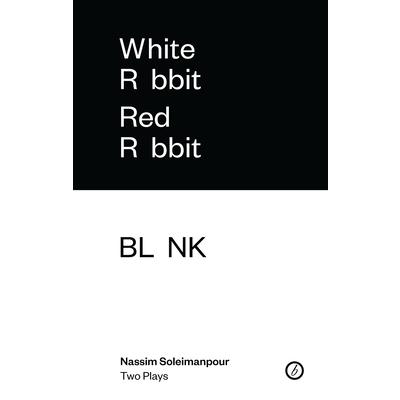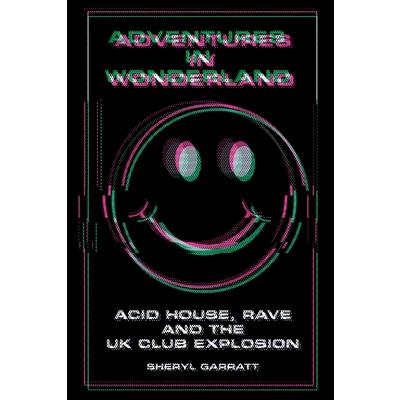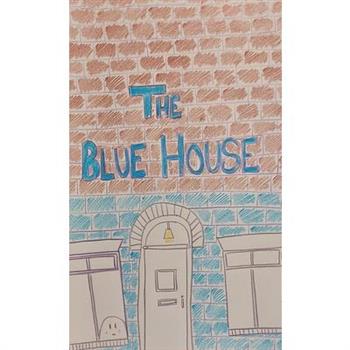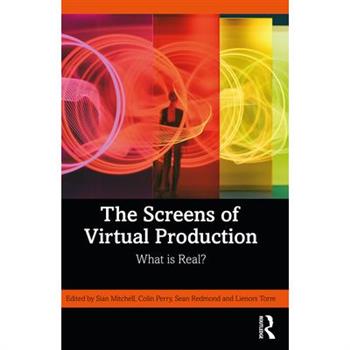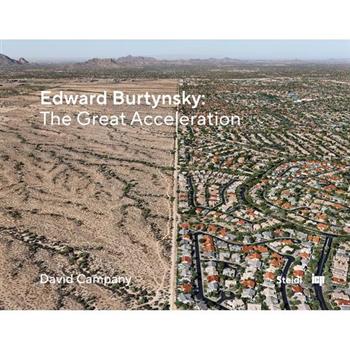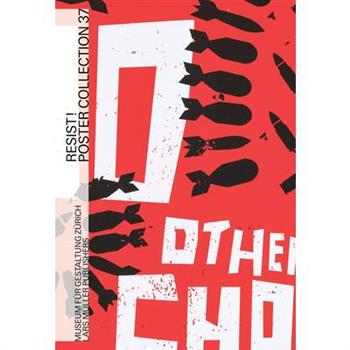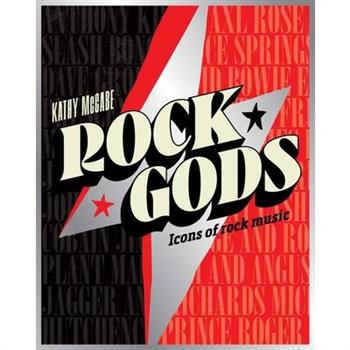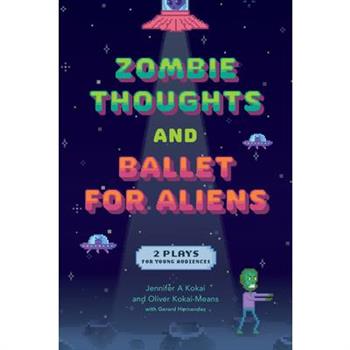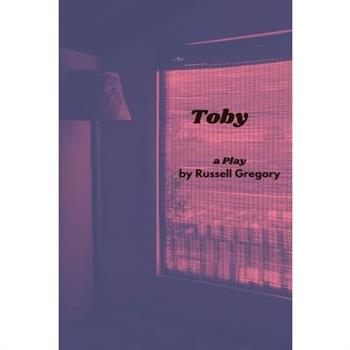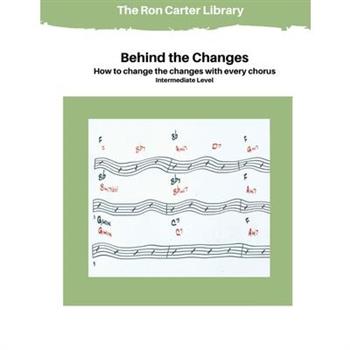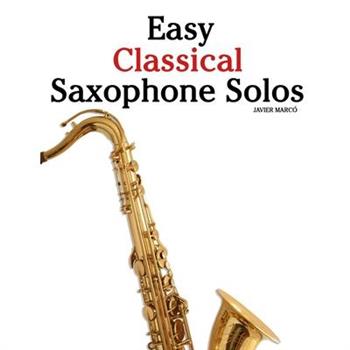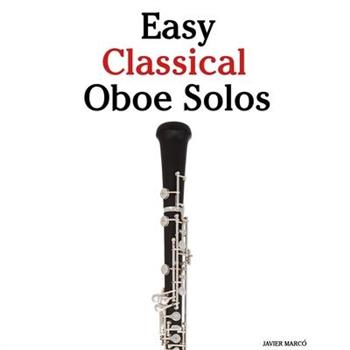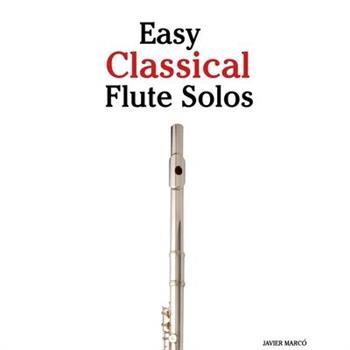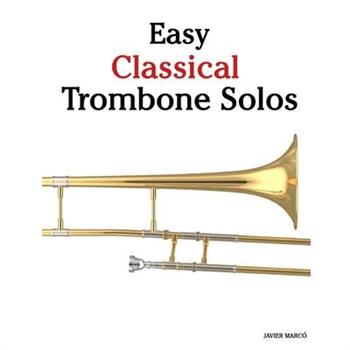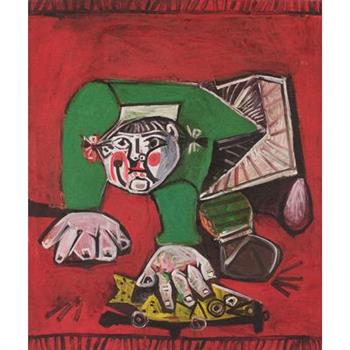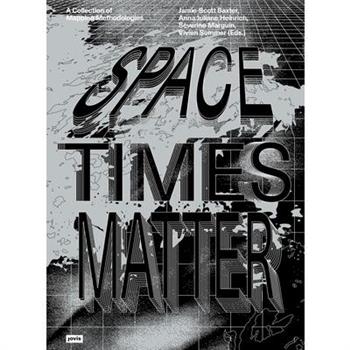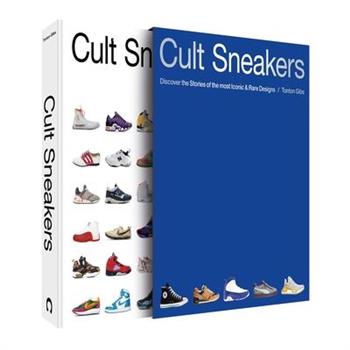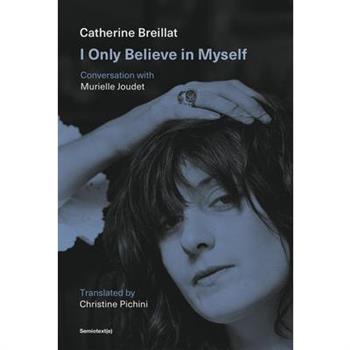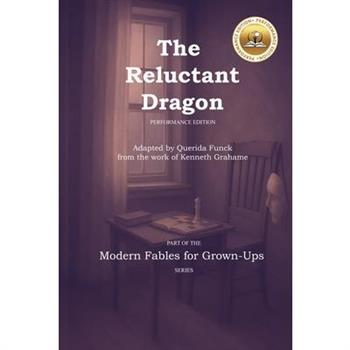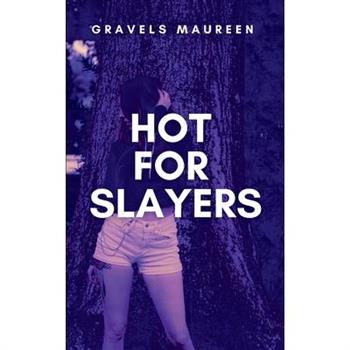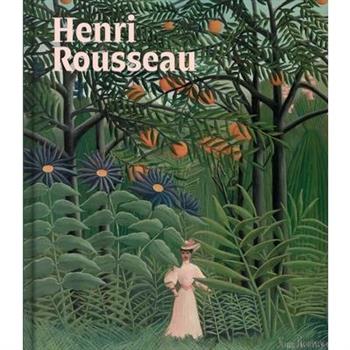The Screens of Virtual Production
This book is the first dedicated edited collection that explores the virtualization of screen-making processes from pre-production to post-production, while attuning to the aesthetic, ideological and performative contexts upended by these integrated technologies. This book explores what is real in virtual production, as a provocative one, implicitly drawing on the philosophies of the moving image and the recent work on new forms of post-human perceptual realism.This edited collection is divided into the following four themed sections. Section One, It's Always Been Real: Contemporising Virtual Production, addresses the histories of film realism in relationship to visual technologies, providing both a theoretical and philosophical 'anchor' point for the collection, and a necessary genealogy. Section Two, The Body Becomes You: Performing Virtual Production, examines the transformation that occurs in immersive virtual worlds, while also exploring how the body is itself virtualised. Section Three, Skin Deep: Gazing with Virtual Production, addresses the way race, ethnicity, gender and environment are supposedly equalised, and yet are still found to reproduce the colonised looking regimes of western, mainstream screen culture. Section Four, Whose Work? Labouring with Virtual Production, draws together writing that examines the way production processes have been transformed, affecting not only work patterns but the way aesthetics, form and function, operate.This book encompasses many production themes and will appeal to media students and professionals interested in the production of film.
White Rabbit Red Rabbit & Blank
This collection contains Soleimanpour's international hit White Rabbit Red Rabbit and his second play BLANK. White Rabbit Red Rabbit has been translated into over 30 languages and performed over 1000 times by some of the biggest names in theatre and film, including actors Stephen Rea, Sinead Cusack, John Hurt, Whoopi Goldberg, Nathan Lane and Ken Loach. BLANK is a joint effort between audience and performer, the gaps in the script filled in to reveal a story that celebrates the human imagination. As formally inventive as it is engaging, BLANK reverses the typical theatre experience.
Ed Fox II
Ed Fox thought he was the only young man who checked out a woman's feet before her face, and most of the time couldn't meet his models' eyes for fear they'd discern his secret. Then he became the official foot photographer for Leg Show magazine, and learned of the thousands of men just like him and the glorious legacy of foot fetish photographers before him, not least the great Elmer Batters.Since then, Fox has become famed the world over for his sensual photographic style that captures every curve of a woman's body, right down to the tips of her toes. In Ed Fox II he brings us voluptuous new models, arresting locations--many blending the desert landscapes of Southern California with Fox's passion for automobiles--and fantasies mild to extra spicy, all shot in warm, caressing natural light. And, like Glamour From the Ground Up, Ed Fox II comes with a 60-minute original DVD, bringing the still photos to vibrant life.This edition's special Panic Cover is reversible to a realistic-looking academic book to keep the real contents hidden from prying eyes, or even to help you impress an attractive onlooker!
Dyani White Hawk: Love Language
A landmark mid-career survey for the famed Lakota artist known for her monumental geometric paintings and installations incorporating traditional quillwork and beadworkRooted in intergenerational knowledge, the art of Dyani White Hawk centers on connection--between one another, past and present, earth and sky. By foregrounding Lakota forms and motifs, she challenges prevailing narratives surrounding abstract art. Accompanying White Hawk's major mid-career survey exhibition, this publication gathers new scholarship examining 15 years of the artist's work across multimedia paintings, sculpture, video, works on paper and more.Opening with early pieces that combine quillwork, lane stitch beadwork and painting, the artist examines, dissects and reassembles elements of her own Sic獺ngu Lakota and European American ancestries, putting these in active conversation with histories of abstract painting. In other works, she marries traditional techniques with outsize scale, highlighting her ongoing commitment to formal and material experimentation. The book features a new group of these works, from her monumental Wopila Lineage paintings to a new series of towering columnar sculptures made from loomed beads, assembled in dizzying arrays of pattern and color. Made in collaboration with a skilled team of studio beadworkers, these shimmering surfaces invite close inspection of both their material construction and their cultural and historical underpinnings.Dyani White Hawk (born 1976) was raised in Madison, Wisconsin, and received her BFA from the Institute of American Indian Arts in Santa Fe, New Mexico, and an MFA from the University of Wisconsin-Madison. She has been the recipient of prestigious awards, most recently including a Guggenheim Fellowship (2024), Creative Capital grant (2024) and MacArthur Foundation Fellowship "Genius Grant" (2023). Her work has been exhibited at the Kemper Museum of Contemporary Art, the Pennsylvania Academy of the Fine Arts, the Denver Art Museum and the Whitney Museum of American Art, among many others. She lives and works in Minneapolis, Minnesota. This book was published in association with Remai Modern.
Erich Heckel
Explore the oeuvre of Erich Heckel, one of the most important German Expressionist painters of the twentieth century. Erich Heckel, 1883-1970, was one of the co-founders of the Künstlergruppe Brücke (Artists' Group Bridge), established in Dresden in June 1905. He remained part of the group until it disbanded in May 1913. Despite his seminal role in the establishment of this critical early manifestation of German Expressionism, he has not garnered the same acclaim as his fellow Die Brücke artists such as Ernst Ludwig Kirchner and Karl Schmidt-Rottluff. As a result, there is a dearth of literature available on him in English and he has never had a solo exhibition in an American museum. This important publication, which accompanies a show at the Neue Galerie New York, aims to redress this oversight. The texts presented in this lavishly illustrated monograph will focus on Heckel's early career and cover topics ranging from his involvement with Die Brücke; the works he created during his idyllic summers in the Friesian beach resort of Dangast; his military service during World War I; and his bold and expressive woodcuts. Emphasis is placed on his portrait and landscape paintings and his vibrant pictures of bathers, which merge both genres. The authors will address the work he made in Dresden, Berlin, and northern Germany, in addition to his output while serving in Flanders during the war.





